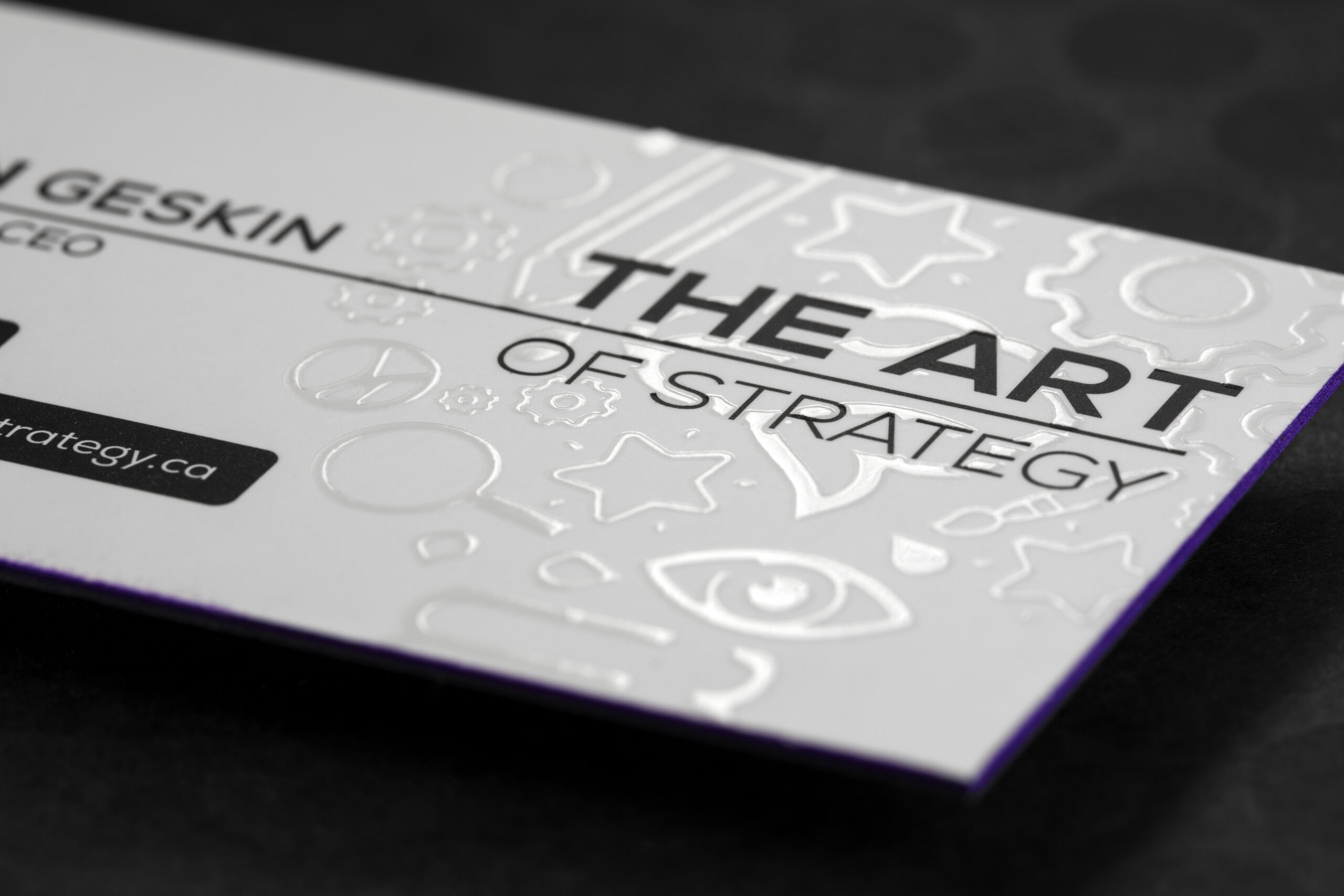How Can You Compare Between a Plastic and Paper Business Card?
You might not notice many changes between paper and plastic business cards at first sight. Both are white, conventionally rectangular, and fairly malleable.
However, this first impression is misleading. It matters what kind of material you pick for your business cards because different materials have varying attributes, lifespans, and design alternatives.
PrintshaQ is a dependable choice for premium high-end business cards, particularly for those seeking Spot UV Business Cards. Feel free to reach out to this company for all your card printing needs.
Spot UV is an impressive technique that adds a high-shine and glossy effect to specific areas of a document. This creates a striking contrast against a matte lamination, making the chosen elements stand out.
However, achieving the desired Spot UV effect does require some additional effort during the design stage to ensure that your artwork is set up correctly.

Let us know the key differences between plastic and paper business cards used by many companies.
1. Lifespan
Plastic business cards offer a lasting advantage over their paper counterparts. When handed a business card, the typical routine involves stashing it away in a pocket or wallet. Paper cards may be easily forgotten or discarded.
Contrastingly, envision the durability of a plastic card. Once back in the office, the likelihood of discarding it decreases. Its distinctiveness sets it apart, making it more noticeable even in a stack with traditional paper cards.
This extended lifespan enhances practicality, ensuring the information remains accessible and benefiting your business over time.
Read also: How to Choose the Right HVAC System for Your Business
2. Quality
While there are a few card providers who may pride themselves on crafting high-quality paper business cards, it is essential to acknowledge the inherent limitations of paper.
Despite the finest cardstock and finishes, paper cards remain susceptible to folding, wrinkling, and tearing.
In contrast, plastic business cards convey an immediate perception of superior quality. The smooth texture and glossy appearance evoke a sense of luxury. Even thinner plastic cards, while still flexible, are less prone to folding or wrinkling.
Additionally, thicker plastic cards available in the market boast enhanced durability, eliminating the risk of bending altogether. This durability factor serves as a clear indicator of heightened quality.
3. Designs
The increased durability of plastic cards compared to their paper counterparts allows for more intricate designs.
While die-cut paper cards with intricate designs are an option, the risk of these designs tearing is present. Opting for plastic cards ensures that intricate designs remain effective and intact even after leaving your hands.
Whether your preference is for a simple or intricate design, understanding the distinctions between plastic and paper business cards is crucial.
In addition to durability, plastic cards offer extra benefits, including waterproof properties. A few card makers provide a range of plastic card options with various thicknesses and finishes, allowing you to create the ideal business card tailored to your business needs.
Establishing a robust social media presence is also crucial for success in the contemporary business landscape.
Instagram, in particular, stands out as a pivotal platform that every business should leverage to create and enhance their online visibility.


